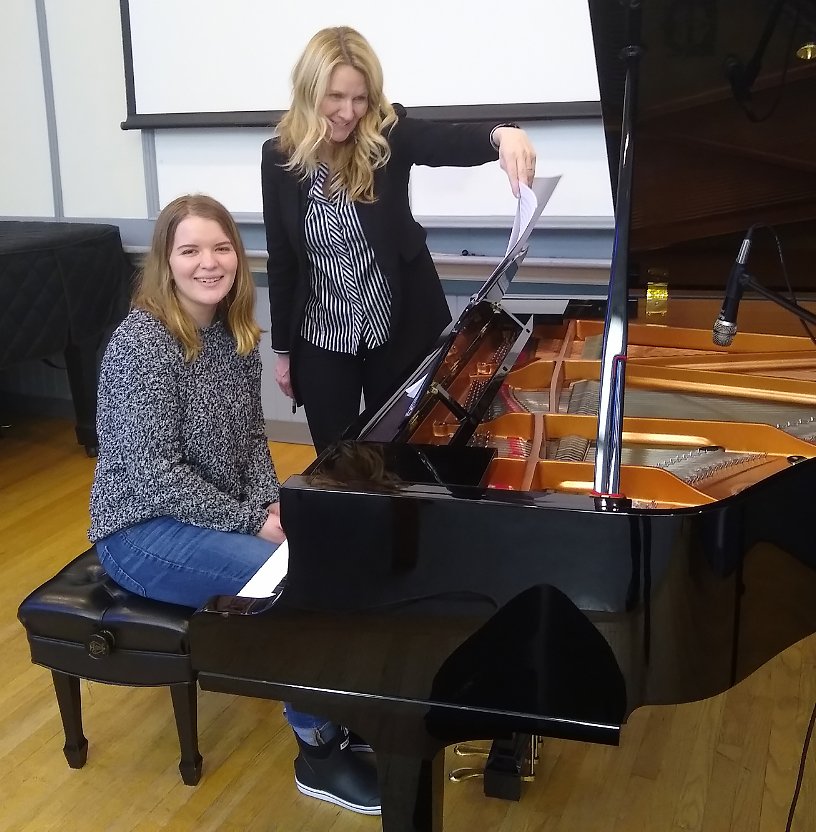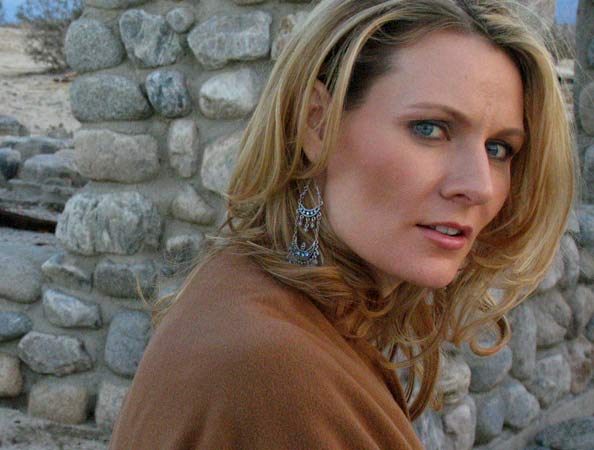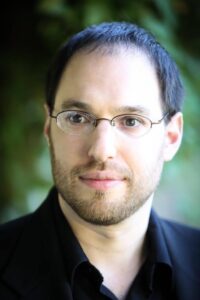Composers’ Symposium
 The Composers’ Symposium, initiated in September 2019, is one of the activities of the Oregon Coast Youth Symphony Festival. The Festival’s Composers’ Symposium is conducted in collaboration with the Oregon Music Educators Association (OMEA). The Symposium is a unique opportunity for high school students to submit an original composition, refine his/her work, receive instruction from professional composers and have the work performed.
The Composers’ Symposium, initiated in September 2019, is one of the activities of the Oregon Coast Youth Symphony Festival. The Festival’s Composers’ Symposium is conducted in collaboration with the Oregon Music Educators Association (OMEA). The Symposium is a unique opportunity for high school students to submit an original composition, refine his/her work, receive instruction from professional composers and have the work performed.
The aim of the Composers’ Symposium is to provide educational opportunities for talented music students by serving as a resource for networking, professional development, and collaboration. There are no similar opportunities in Oregon and only a handful of opportunities for instruction in music composition in Oregon high schools. Composition submissions emphasize themes associated with Newport and the Oregon coastal environment.
Small group and individual instructional seminars are held once a month. During each session students examine areas of process, craft, orchestration (midi/acoustic) and analysis to augment their understanding and continue their development as an emerging composer. More specifically, the goals of the sessions are to:
- Introduce students to a variety of compositional styles, and frameworks to advance their stylistic approach and skill level.
- Develop analytical skills to improve ability to understand and reconstruct building blocks of particular genres and styles.
- Apply and practice music creation skills in order to expand and develop original music. This includes harmony, melody, rhythmic balance, form and function in music (from a range of styles as applicable to each student).
The Composers’ Symposium is sponsored by the Oregon State University Hatfield Marine Science Center.
Clinicians

Dr. Dana Reason is the Symposium’s clinician. She is founder and director of popular music studies at Oregon State University. She is currently the coordinator of contemporary music and research at Oregon State University.
Dr. Reason holds a bachelor’s degree in music from McGill University; a master’s degree in composition from Mills College and a doctoral degree in critical studies/experimental practices (now called integrative studies) from the University of California San Diego. She was the founder and director of popular music studies at Oregon State University (OSU) from 2011 to 2015 and is currently the coordinator of contemporary music and research at OSU.
A composer, improviser, keyboardist, sound artist, producer and researcher working at the intersections of 20th- and 21st-century music genres and intermedia practices, Dr. Reason’s album Angle of Vision was long-listed for Grammy Awards in three separate categories including best instrumental composition, best arrangement and best jazz instrumental album. Additionally, her wind symphony “Currents” was long-listed for best contemporary classical composition. Dr. Reason is a performing artist and composer that moves easily between genres encompassing a dynamic stylistic range and repertoire.

Ethan Gans-Morse is best known for his opera The Canticle of the Black Madonna, which The Oregonian called “A huge achievement… generous, carefully crafted and supremely compassionate” and Oregon ArtsWatch hailed as “One of the most exciting developments of the arts season.” He focuses on collaborative, socially relevant projects that foster greater human connection.
Recent commissions include projects based on real-life Oregonians’ stories, such as the chamber opera Dreams Have No Borders, the oratorio Six Feet Apart: Stories of Resilience and Transformation, and the program symphony How Can You Own The Sky? He’s also enjoying a three-year collaboration with the Rogue Valley Symphony called Composers in the Classroom, for which he’s composing for high school orchestras and the Youth Symphony of Southern Oregon.
His works have been performed around the US and abroad—including at the Seattle Opera Center, the highSCORE Festival in Pavia, Italy, the Instrumenta Oaxaca Festival in Oaxaca, Mexico, and the University of Wyoming New Music Festival—and around Oregon at the Music Today Festival, the Vanguard Concert Series, the Oregon Composers Forum, the Oregon Bach Festival Composers Symposium, and the Ashland Winter Fine Arts Festival.
He holds a Bachelors in Music and Linguistics from Macalester College and a Masters in Music Composition from the University of Oregon.

Justin Preece (BMus, MMus – Southern Methodist University) is a percussionist, composer, and educator based in Corvallis, Oregon. A member of the music faculty at both Oregon State University and Willamette University, Justin teaches percussion, co-directs the OSU Percussion Ensemble, directs Willamette Chamber Percussion and the OSU Samba Bateria, and is the lead drumline instructor and arranger for the Oregon State University Marching Band. He is an active performer in the region, playing regularly with the Oregon Coast Music Festival Orchestra, the Newport Symphony, and various chamber series.
Justin enjoys composing for all sorts of instrumentation, with premieres of his music at the Northwest Percussion Festival, the Sundays@3 series (Corvallis), and the OSU SoundBox Festival. As a composer-performer, Justin is interested in the role of human musical expression in an era of computational representation, using juxtapositions of human-derived and computer-automated sound to explore questions of agency in performance.
2021-2022 Composers’ Symposium Students and Compositions
2022-2023 Composers’ Symposium Students and Compositions
2023-24 Composers’ Symposium
Listen here to the compositions created by the high school students participating in the 2023-24 Composers’ Symposium.

